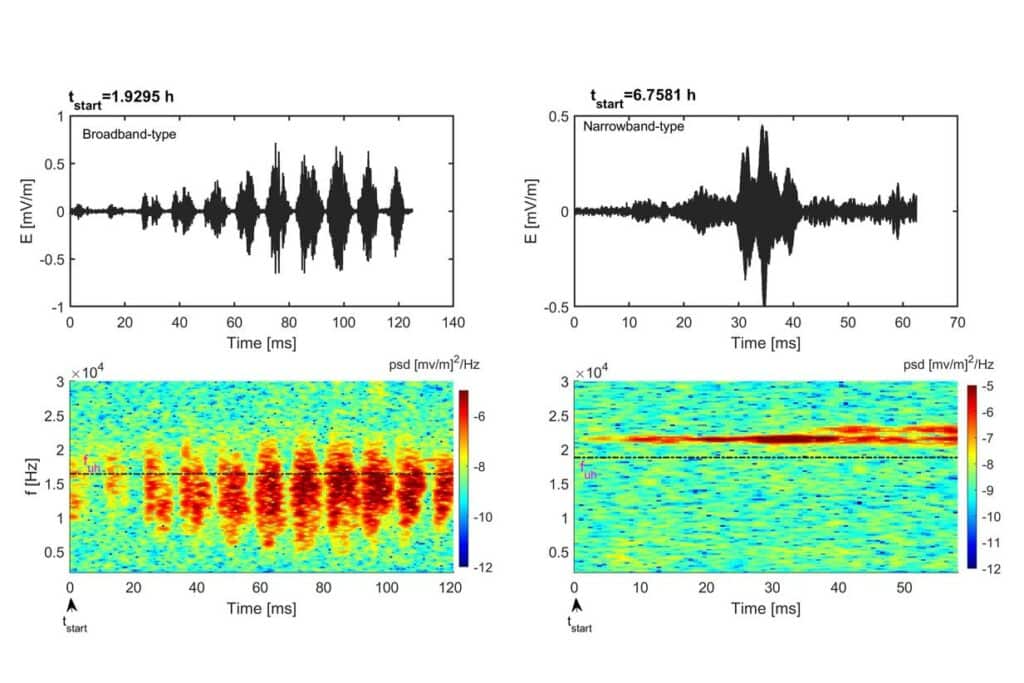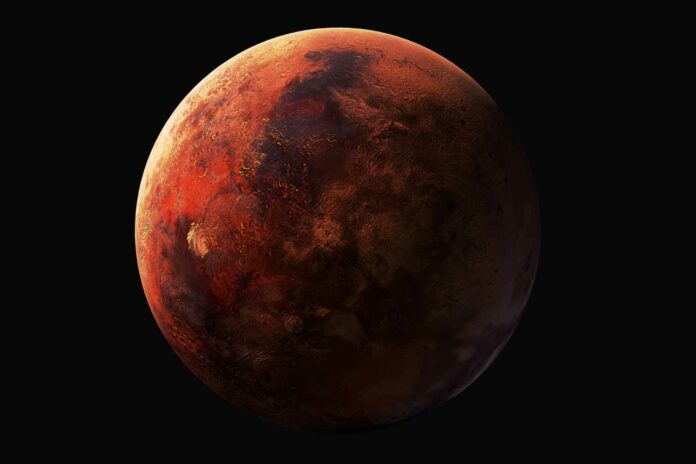Plasma waves are common around Earth and other planets, influencing particle dynamics. Understanding these waves is crucial. Mars lacks its own magnetic field but has a weak induced magnetosphere exposed to solar wind. A recent study using data from the MAVEN spacecraft reveals the presence of high-frequency plasma waves in Mars’ atmosphere.
Scientists at the Indian Institute of Geomagnetism (IIG) used data from NASA’s MAVEN spacecraft to study high-frequency plasma waves in Mars’ plasma environment. These waves may include electron oscillations known as Langmuir waves or upper-hybrid type waves, propagating either parallel or perpendicular to the background magnetic field in the Martian magnetosheath region.
Two distinct wave modes were observed below and above the electron plasma frequency, displaying periodic patchy structures with a periodicity of 8–14 milliseconds. The study provides insights into Mars’ dynamic-induced magnetosphere.
These plasma waves feature novel narrowbands and broadband that can help to understand plasma processes in the Martian plasma environment. These waves were observed around 5 LT (local time) on February 9, 2015, when the MAVEN spacecraft crossed the magnetopause boundary and entered the magnetosheath region. These waves are either broadband- or narrowband-type with distinguishable features in the frequency domain. The broadband waves were consistently found to have periodic patchy structures with a periodicity of 8–14 milliseconds.

Journal Reference:
- Amar Kakad, Bharati Kakad et al. Characterization of high-frequency waves in the Martian magnetosphere. Astronomy & Astrophysics. DOI: 10.1051/0004-6361/202244756
